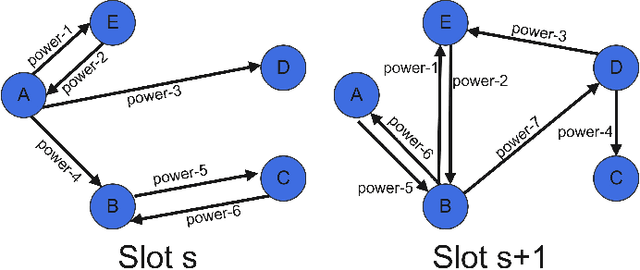Reuven Cohen
Estimating the Number of HTTP/3 Responses in QUIC Using Deep Learning
Oct 08, 2024Abstract:QUIC, a new and increasingly used transport protocol, enhances TCP by providing better security, performance, and features like stream multiplexing. These features, however, also impose challenges for network middle-boxes that need to monitor and analyze web traffic. This paper proposes a novel solution for estimating the number of HTTP/3 responses in a given QUIC connection by an observer. This estimation reveals server behavior, client-server interactions, and data transmission efficiency, which is crucial for various applications such as designing a load balancing solution and detecting HTTP/3 flood attacks. The proposed scheme transforms QUIC connection traces into a sequence of images and trains machine learning (ML) models to predict the number of responses. Then, by aggregating images of a QUIC connection, an observer can estimate the total number of responses. As the problem is formulated as a discrete regression problem, we introduce a dedicated loss function. The proposed scheme is evaluated on a dataset of over seven million images, generated from $100,000$ traces collected from over $44,000$ websites over a four-month period, from various vantage points. The scheme achieves up to 97\% cumulative accuracy in both known and unknown web server settings and 92\% accuracy in estimating the total number of responses in unseen QUIC traces.
Deep Reinforcement Learning for Scheduling and Power Allocation in a 5G Urban Mesh
Oct 04, 2022



Abstract:We study the problem of routing and scheduling of real-time flows over a multi-hop millimeter wave (mmWave) mesh. We develop a model-free deep reinforcement learning algorithm that determines which subset of the mmWave links should be activated during each time slot and using what power level. The proposed algorithm, called Adaptive Activator RL (AARL), can handle a variety of network topologies, network loads, and interference models, as well as adapt to different workloads. We demonstrate the operation of AARL on several topologies: a small topology with 10 links, a moderately-sized mesh with 48 links, and a large topology with 96 links. For each topology, the results of AARL are compared to those of a greedy scheduling algorithm. AARL is shown to outperform the greedy algorithm in two aspects. First, its schedule obtains higher goodput. Second, and even more importantly, while the run time of the greedy algorithm renders it impractical for real-time scheduling, the run time of AARL is suitable for meeting the time constraints of typical 5G networks.
Cardinality Estimation in a Virtualized Network Device Using Online Machine Learning
Mar 13, 2019



Abstract:Cardinality estimation algorithms receive a stream of elements, with possible repetitions, and return the number of distinct elements in the stream. Such algorithms seek to minimize the required memory and CPU resource consumption at the price of inaccuracy in their output. In computer networks, cardinality estimation algorithms are mainly used for counting the number of distinct flows, and they are divided into two categories: sketching algorithms and sampling algorithms. Sketching algorithms require the processing of all packets, and they are therefore usually implemented by dedicated hardware. Sampling algorithms do not require processing of all packets, but they are known for their inaccuracy. In this work we identify one of the major drawbacks of sampling-based cardinality estimation algorithms: their inability to adapt to changes in flow size distribution. To address this problem, we propose a new sampling-based adaptive cardinality estimation framework, which uses online machine learning. We evaluate our framework using real traffic traces, and show significantly better accuracy compared to the best known sampling-based algorithms, for the same fraction of processed packets.
 Add to Chrome
Add to Chrome Add to Firefox
Add to Firefox Add to Edge
Add to Edge